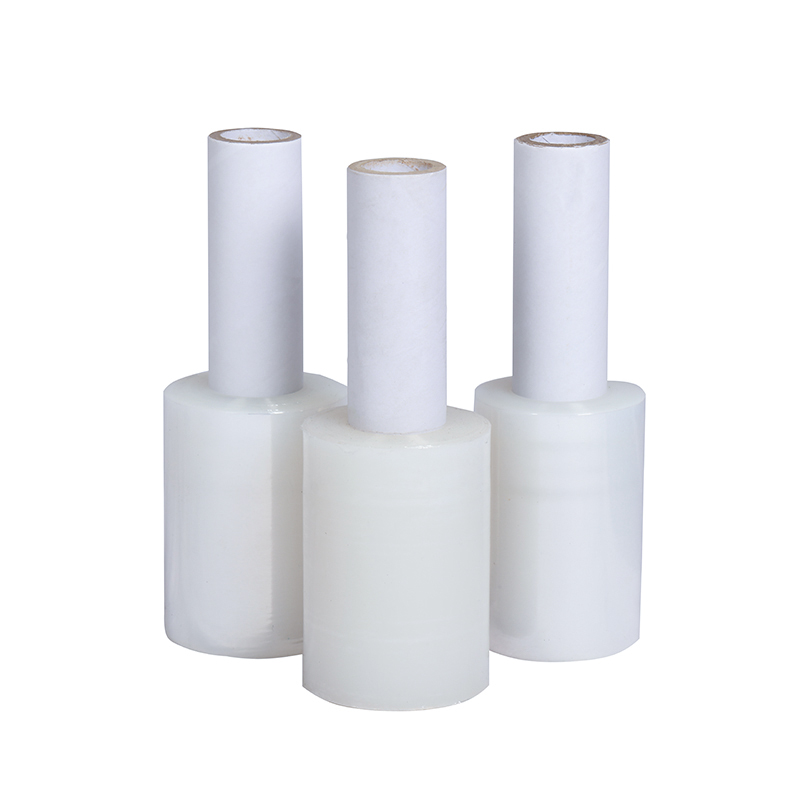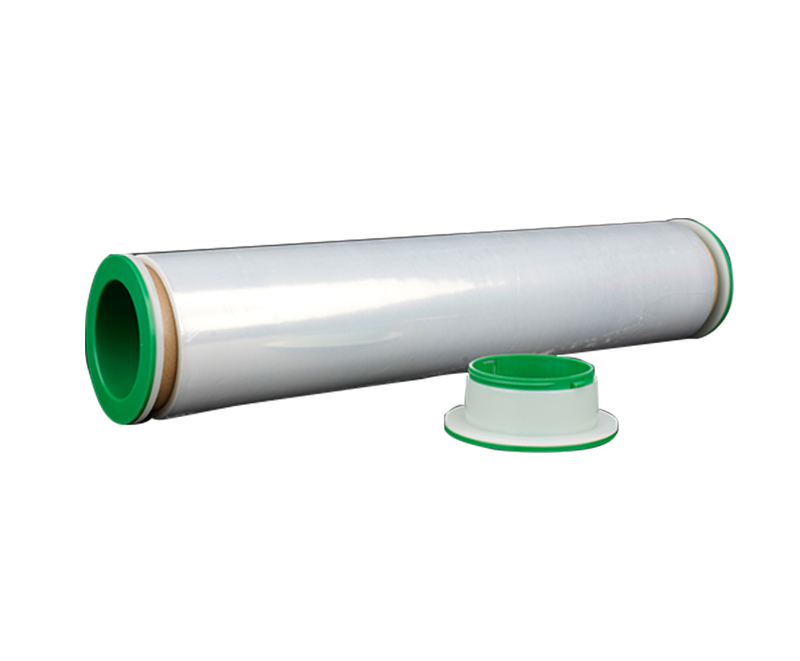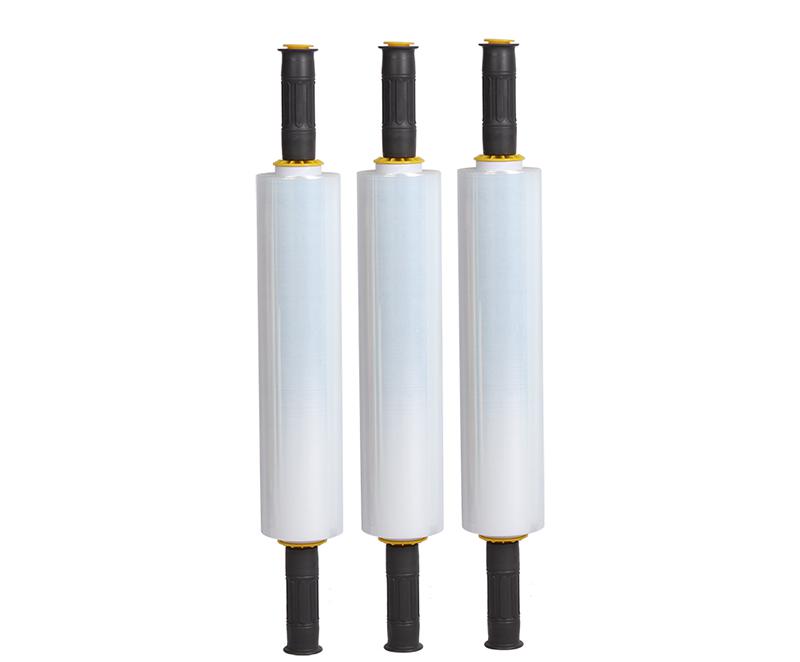Technical requirements for stretch Film production
Source:Technical requirements for stretch Film productionTime:2022-07-30Visitors:
The stretch film in life is a heat-shrinkable film, which has high flexibility, is not easy to break, has strong blast resistance, strong impact resistance, strong tear resistance, solid tensile force, and can replace box packaging.
The stretch Film has a significant shrinkage rate and can tightly wrap the items after heat shrinking. If it is made into a PE straight-through bag and is heat-shrink, the items can be lifted at both ends of the opening and withstand a weight of 15KG, which is easy to handle. With good transparency and light transmittance of 80%, it can display products and promote products invisibly, and at the same time, it also reduces distribution errors in the logistics link.
Moisture-proof, waterproof, and dustproof, it can achieve a packaging effect and beautify and protect products. The products are non-toxic, odorless, non-polluting, and are environmentally friendly packaging materials. Because of its sound characteristics, it has a wide range of uses. It can be widely used in the outer packaging of food, medicine, sterilized tableware, stationery, craft gifts, printed matter, hardware, plastic products, telephones, and electronic appliances.
Especially in the combined packaging of irregular-shaped items or commodities, stretch Film can not only meet the requirements of moisture-proof and dustproof products but also have functions such as anti-touch change and transparent display, which can increase the attractiveness of product appearance and can also be used to replace various products. It is a kind of carton that not only saves the cost of packaging but also conforms to the packaging trend. The shrink film can be processed into flat bags, arc bags, trapezoidal bags, three-dimensional bags, and other special-shaped bags.
The technical requirements for stretch film production are relatively strict. The heat shrinkability of the film has been applied as early as 1936. At first, rubber film was mainly used for shrink packaging perishable food. Shrink packaging was also used to make shrink labels and shrink bottle caps. Enables labeling of containers that are not easily printed or have complex shapes.
Two issues need to be paid attention to in the production of stretch film, one is the control of the overall viscosity of the stretch film, and the other is the control of temperature during processing. The finished Stretch Film is generally stored at 15°C to 25°C.
The most characteristic feature of stretch Film is its viscosity, and to ensure its viscosity during production and processing, two substances need to be added:
①PIB or its masterbatch
②Blend VLDPE
In production, thick films are usually produced by extrusion blow molding or extrusion casting and then stretched in the machine and transverse directions at a high elastic temperature above the softening temperature and below the melting temperature, or only in one direction. Stretch orientation, but not stretch in the other direction. The former is called biaxial stretch shrink film. In contrast, the latter is called unidirectional shrink film stretch Film and is used in military machinery and hardware tools to combine heat shrink film and vapor phase rust technology to replace anti-corrosion. The method of rust oil enhances the anti-rust ability, etc.
Recommended Products
Ranked in the same article
- how to use the stretch film technology to r
- How can we get detailed price list?
- Five common quality problems of PE protecti
- Plastic film degradation
- How to guarantee punctual shipment for our
- What is the difference between stretch film
- Testing the permeability of stretch film
- Why insufficient transparency of stretch w
- Electrical wire film VS electrostatic film
- Stretch film temperature requirements
- The elastic characteristics of plastic film
Latest news articles
- The characteristics of the stretched film q
- The elastic characteristics of plastic film
- Why vacuum packaging materials need stretc
- Enhancing Electrical Safety with Innovative
- How should the viscosity in the adhesive la
- How Does Color Affect the Performance and D
- How to handle the surface of stretch wrappi
- Advantage of Stretch film
- Is PE stretch film suitable for the logisti
- How to solve the bubble in the stretch film
- Method of shortening stretch film



